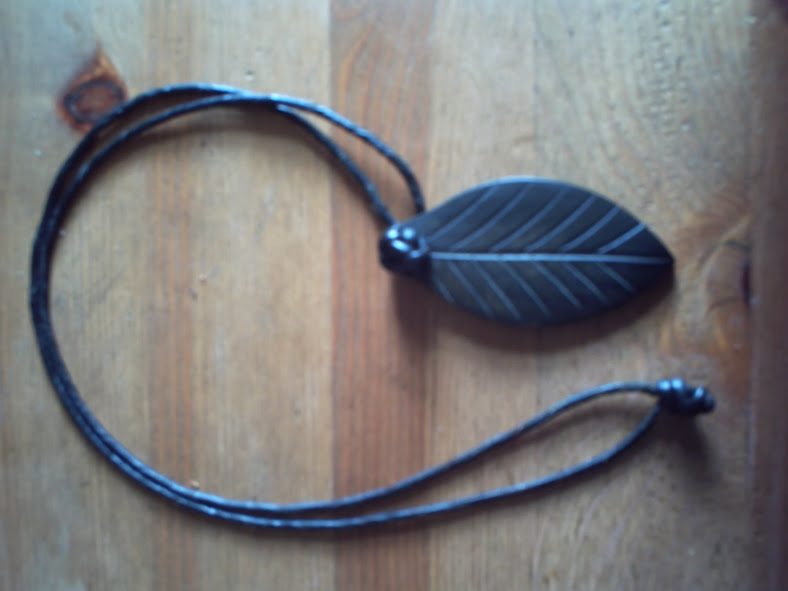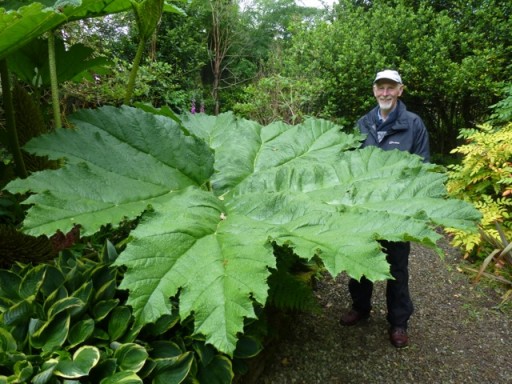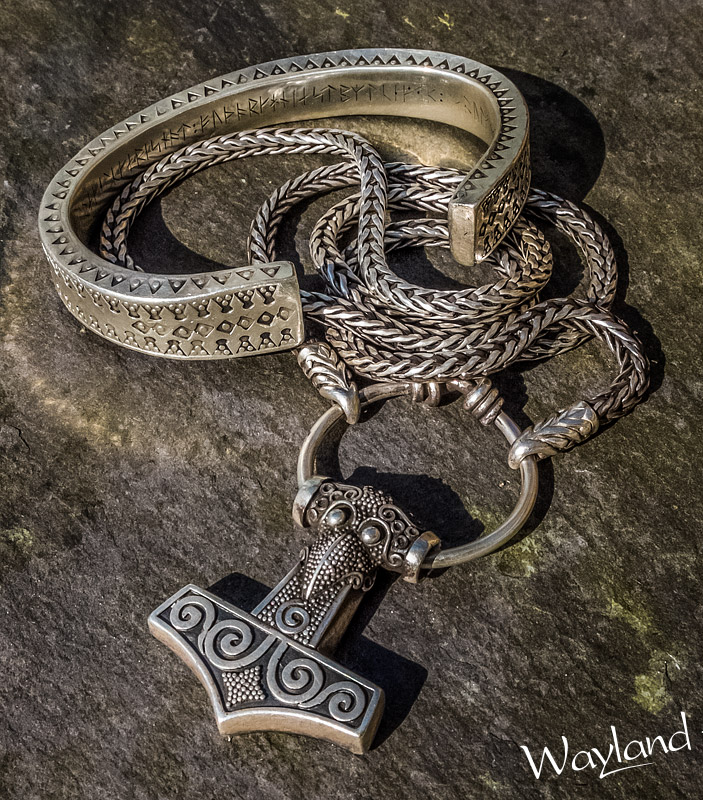I am treading carefully here in respect of the very sensible rules of this forum.
First and foremost, What I am about to write does not in any way represent my personal beliefs which are based upon reason rather than faith of any kind.
I will also state categorically that I wish to disassociate myself from any of the pseudo Norse religious groups out there and the right wing politics they often endorse.
That out of the way hopefully, let's look at a little archaeological background. ( This is not an exhaustive report and as with all such summaries there are exceptions to everything I am about to write but they should be considered rare cases and not the most common practice.)
There are three main types of jewellery that appear in Male Viking age graves.
Brooches, pendants and rings. Brooches were used to fasten clothing, usually cloaks and are outside this particular discussion.
Pendants take many forms from natural objects such as animal teeth worn presumably for some talismanic reasons to the now popular hammer type pendants which we will discuss here. Hammer shaped pendants, thought to represent "Mjølnir" the hammer of Þórr, seem to be a late trend, possibly a reaction to the increase of cross shaped pendants introduced by Christian followers in the tenth century. Although some hammer pendents exist from before this period they are comparatively rare.
Broadly, they take two forms. The first and most common form is simple hammer shaped pendants made of metal, stone or organic materials such as bone.
The second form is of more elaborate, complex silver or gold pendents, often mounted on rings and sometimes with silver chains, featuring fine craftsmanship and representing valuable high status jewellery far beyond the means of most common people of the time.
The most usual interpretation is that these latter pieces belonged to wealthy and often powerful individuals that saga sources indicate often had religious as well as leadership duties to perform.
We know very little about the religious practices of the Vikings. Most of the "lore" we have about their gods comes from manuscripts written down by Christian scholars long after their conversion to Christianity. Much of this material is untrustworthy although on a personal level, as a storyteller, I find this body of material as fascinating as the archaeology and as such I have studied these sources a great deal.
What is very clear is that just like the "Celts" the original religious practices of the "Norse" peoples involved live sacrifice of creatures up to and including human beings.
Any of the revised "new age" Norse or Druidic "religions" therefore cannot be anything but re-enactments based upon fragmentary and often confusing evidence in just the same way as the battles fought by historical re-enactors every weekend where nobody actually dies. Believe what ever you will, but please understand the difference between history and modern practice.
The hammer pendant I normally wear is based upon a fine example found in Skåne. Unlike many of the modern replicas it is hollow and constructed by a silversmith just like the original. Most of the solid chunky jewellery sold today is produced as lost wax castings which quickly makes nice visual copies but the are far heavier than the originals and simply do not represent the way that precious metals were used at the time. Labour and time was comparatively cheaper then and silver more valuable.
Such an elaborate piece is likely to have been worn by a wealthy man who was possibly also a priest (goði) of sorts or at least skilled in the "lore" of the gods. (goðmálugr)
When on a living history event, I portray exactly that latter sort of character and the rest of my kit is in keeping with that role.
Now, onto rings. Rings are mentioned in many of the manuscript sources and are often associated in the later sources with temples. (Earlier sources say very little about temples, which suggests that they are also a late development and the consensus is that these gods were originally worshiped in open spaces or glades as mentioned in Roman sources.)
The later manuscript sources are mainly Christian and usually referring to the conversion, so some have a natural bias towards criticism, but in many of these sources, the rings in temples are described as being used to swear sacred oaths just as in the continuing use of a Bible or Quran in modern courts.
Rings are also referred to often as gifts from leaders to followers and retainers. A common kenning for a leader is a "Ring Giver" In both contexts these are usually arm rings or sometimes neck rings.
The archaeological record contains neck and arm rings, bracelets and finger rings in both male and female contexts.
They are represented in far greater numbers and wider form than the hammer pendants mentioned above and they seem to have been a much more common item. There are of course other reasons which may also explain this disparity.
The record also frequently contains fragments of such rings in horde finds which have been deliberately broken up, possibly as currency or a simple division of spoils. (The exact purpose of such hordes is a subject of constant argument.)
Some styles of arm ring in particular seem to have been purposely designed as a spiral so that one end could be broken off piece by piece for currency, leaving the remaining length as viable jewellery. This may also have a connection to the mythological ring "Draupnir" from which said to drip every ninth night, eight rings of equal weight.
The bracelet I normally wear is a "bullion" bracelet, quickly made and decorated from a simple bar of silver. Solid, heavy and representing a substantial value as currency. Again, consistent with the character portrayed by the rest of my display.
Interestingly, the hammer pendants are often mounted on rings rather than directly suspended on chains. (Just as can be seen on the hammer I have shown here.) It is thought that this may have some symbolic connecting to the "temple rings" but nothing is ever certain.
Perhaps this all has little relevance in the context of this thread but in my professional field, I feel it is important to qualify my advice with at least some explanation.















